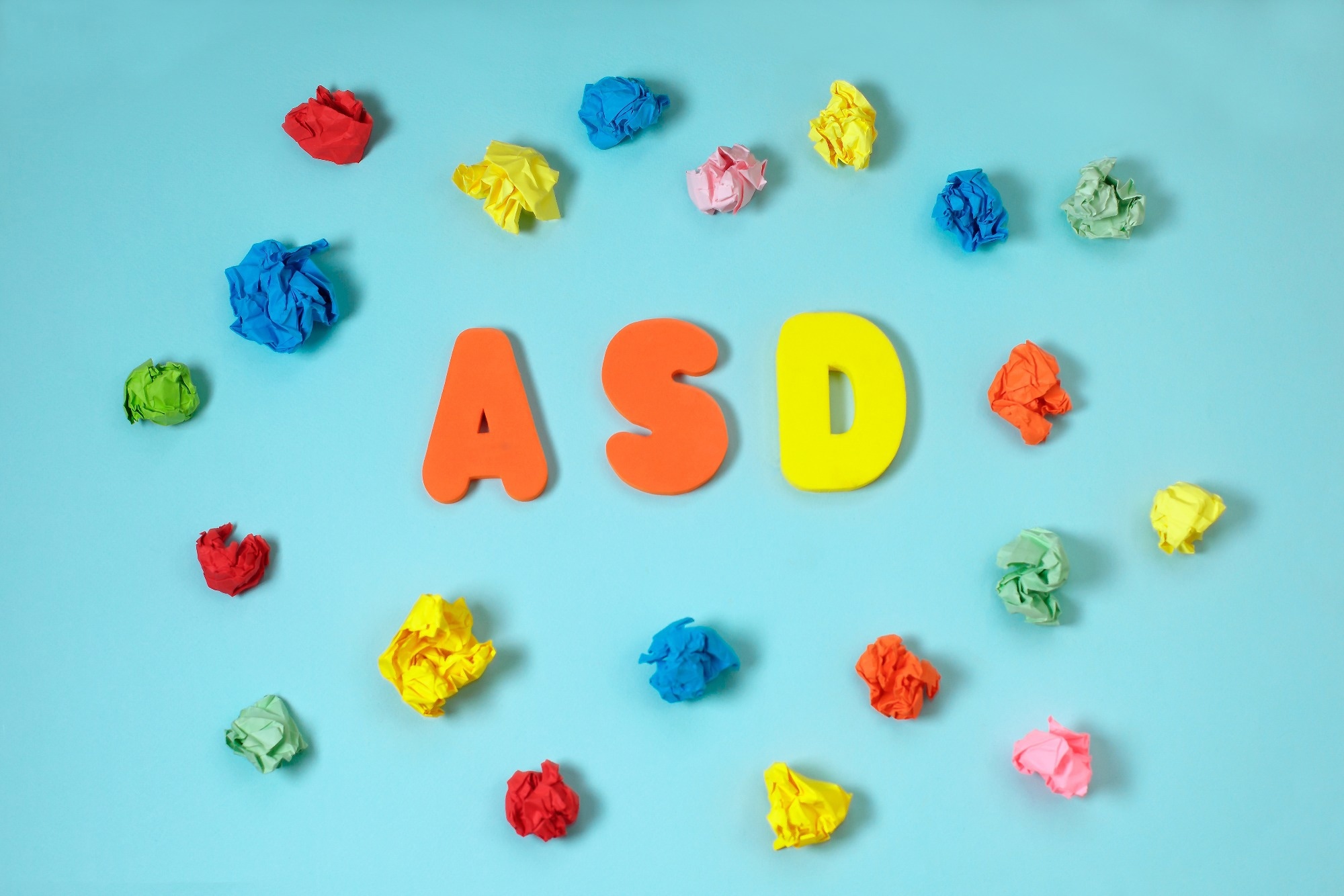A recent study in Nature demonstrated transcriptomic dysregulation in the cerebral cortex in autism spectrum disorder (ASD).
 Study: Broad transcriptomic dysregulation occurs across the cerebral cortex in ASD. Image Credit: Ukrolenochka/Shutterstock
Study: Broad transcriptomic dysregulation occurs across the cerebral cortex in ASD. Image Credit: Ukrolenochka/Shutterstock
Background
The risk factors for ASD include a significant genetic component with hundreds of risk genes involved. Molecular profiling studies have observed consistent epigenetic and transcriptomic dysregulation patterns along the temporal and frontal cortex in most ASD cases. These include the upregulation of astrocyte, neural, and microglial genes, the downregulation of synaptic genes, and the attenuation of cortical gene expression gradients. Whether these represent a focal, regional, or generalized molecular pathology remains unknown.
The study and findings
The present study performed RNA-sequencing (RNA-seq) of 725 brain samples across 11 cortical areas from autopsy samples of 49 individuals with ASD and 54 neurotypical subjects (controls). Around 4,223 genes and 9,474 transcripts were differentially expressed across the cortex. The differential expression signals were more distinct and had a greater magnitude of effect in transcripts than in genes.
The regional consistency of these patterns was evaluated by separately computing differential expression in each cortical region. The regional effect-size changes were compared with the corresponding whole-cortex signature. ASD transcriptomic signatures were consistent across the 11 cortical areas, despite the considerable variations in the number of differentially expressed genes (DEGs) due to sample size differences.
The highest signal was recorded in the primary visual cortex (Brodmann area 17, BA17), with more than 3200 DEGs. Moreover, effect-size changes were more significant in BA17 relative to the whole-cortex signal. In addition, the authors assessed the differential expression of genes and transcripts in 83 pan-cortex samples from nine individuals with maternal chromosome 15q11.2-13.1 duplication syndrome (dup15q syndrome), a rare genetic disorder and one of the common forms of syndromic ASD.
The transcriptomic changes between idiopathic ASD and dup15q overlapped substantially, and dup15q showed significantly elevated dysregulation of gene expression overall. These findings suggested that the molecular pathology of idiopathic ASD and dup15q syndrome was widespread across distinct cortical areas.
Further, the authors noted that the typical transcriptional patterns that distinguish cortical regions were significantly attenuated in ASD, with some posterior areas (BA17 and B39/40) having strong attenuation patterns. Next, the researchers categorized genes across all samples into modules (clusters with high co-expression levels) using weighted gene correlation network analysis and identified 35 gene co-expression modules.
Fifteen and nine modules were up- and down-regulated in ASD, respectively. This analysis was repeated for transcript-level quantifications, and 61 transcript modules were identified. Of these, nine and five were up- and down-regulated in ASD.
Overall, 38 modules were down- or up-regulated in at least one cortical region in ASD. Eighteen gene/transcript modules showed consistent cortex-wide expression dysregulation; of these, IsoformM37 and GeneM5 modules showed significant enrichment for common genetic variation associated with ASD. GeneM5 module, downregulated in ASD, was significantly enriched for genes harboring an ASD-associated rare de novo mutation disrupting proteins.
Contrastingly, the IsoformM37 module, upregulated in ASD, was enriched for common genetic risk variants for ASD and contained genes involved in protein folding and heat-shock proteins. In addition, there were 13 modules with regionally variable dysregulation patterns in ASD. However, none of these were enriched for known ASD genetic risk variants.
Six of these modules were downregulated in ASD, whereas in neurotypical subjects, they were more highly expressed in posterior cortical areas than anterior regions. Four modules, with more expression in anterior regions than in the posterior areas in neurotypical subjects, were upregulated cortex-wide in ASD, attenuating the pattern.
Single-nucleus RNA-seq (snRNA-seq) was performed in some subjects to examine the degree to which gene expression changes reflected cell proportion changes in ASD. The researchers sequenced over 250,000 nuclei from six individuals with ASD and six matched controls and identified 26 distinct cell clusters.
Furthermore, cell-type deconvolution (CTD) was performed using bulk temporal and frontal methylation profiling data from single-cell methylome analyses. The CTD analyses showed nominal increases and decreases in pre-frontal cortex (PFC) microglia and temporal lobe oligodendrocytes, respectively, in ASD; nevertheless, these cell proportion shifts were not sustained after false-discovery rate (FDR) correction.
Finally, the authors examined cell-type-specific DEG signatures in ASD across occipital, parietal, and temporal lobes. Occipital and parietal cell types exhibited three-to-four-fold more DEGs than in PFC. Most DEG signals were from excitatory neurons, with those from the occipital lobe showing the highest DEG signal.
Conclusions
In summary, the researchers identified gene and transcript expression alterations across the cortex, affecting several neural cell types and biological processes in ASD. Most notably, the observed changes in ASD were more profound in the primary visual cortex (BA17).
The downregulated neuronal energy pathway genes and upregulated reactive microglia and immune response genes were affected cortex-wide in ASD and also exhibited regional gradients. Overall, these results highlighted the molecular changes across the cortex in ASD beyond the previously established upregulated immune/glia and downregulated neuron functional categories.